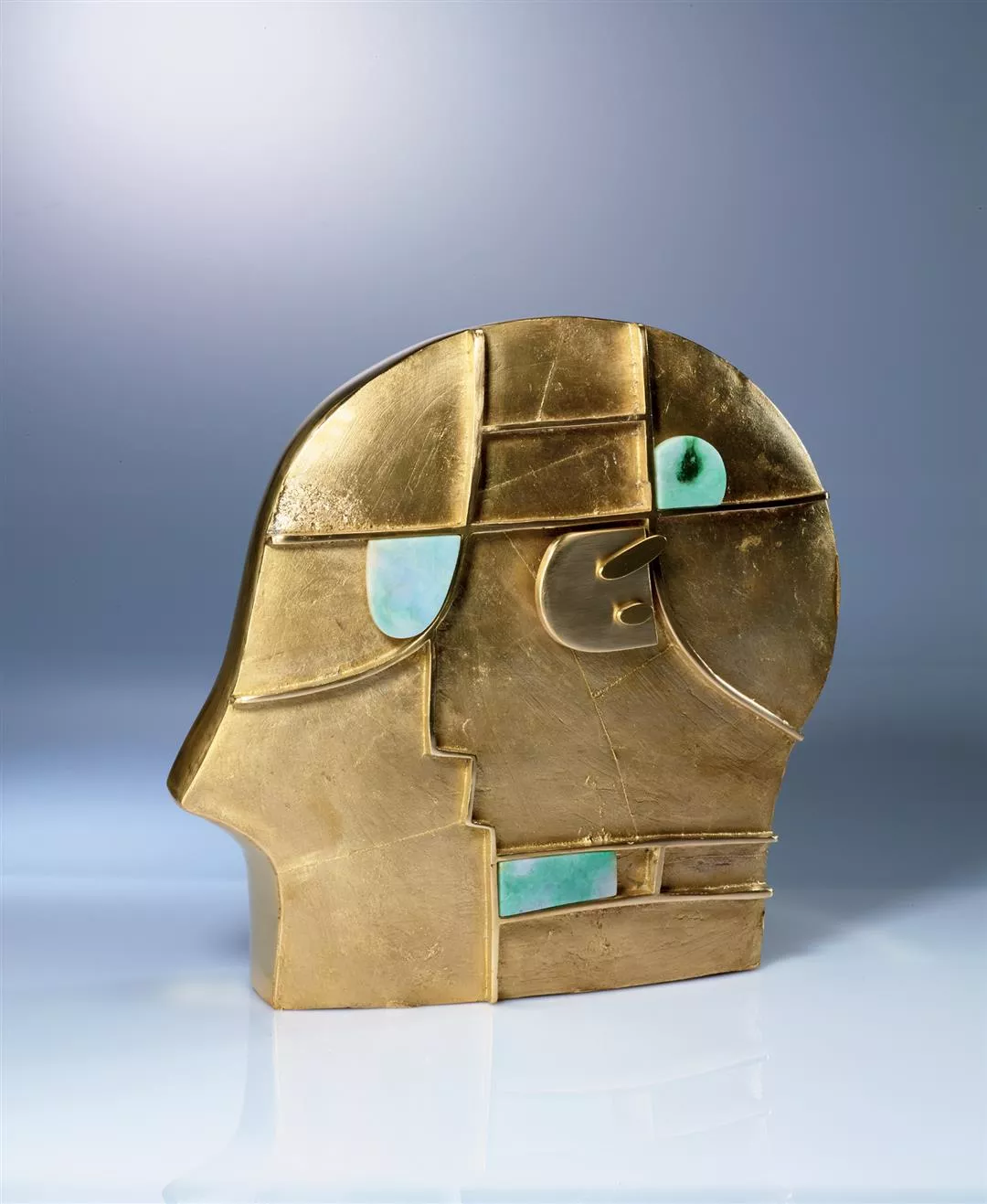An unofficial diplomat
From Swaziland to Germany, from age 21 to his present 64 years, Ruan traveled and studied at a number of vocational schools, particularly at Würzburg for 15 years where he earned an A-Class certification as a master goldsmith. Ruan says that during this period, “I would enroll in a course whenever I felt the need to learn more.” Ruan has also been design director for five separate jewelry design companies, and was at one time head of a design and metal art association in Frankfurt. Whenever he faced technical problems, he would seek far and wide for a solution, for example calling on university academics for help with optical cutting techniques, or traveling to Shenzhen in China to learn fine skills of grinding gems. And due to his active promotion of Taiwan’s global diplomatic relationships, fewer Germans now mistake Taiwan for Thailand. With the rich experiences gained from several decades of overseas residence and travel, Ruan has been able to promote Taiwan’s visibility on the international stage. He has been in fact an accomplished unofficial diplomat.
Ruan is a graduate of the National Art Academy in Taipei (now the National Taiwan University of Arts) with a major in sculpture, but his academic career has taken many twists and turns. When he was just 13, he dropped out of junior high school to enroll in a design course with the Taipei Vocational Training Center. There he gained a wide range of skills such as printing and drawing design. But more valuable for Ruan than all the books he read at college was his study of Jewelry World, a book written by Felix Chang and published in 1973.
Chang was the first person in Taiwan to gain a diploma from the Gemological Institute of America, and his publication of Jewelry World, Taiwan’s first book on gemology, planted a seed in the young Ruan’s mind.
Ruan believed strongly that he was fated for an artistic career, so he opened his mind and began methodically to explore the world of art.
Ruan laid a solid foundation for his three-dimensional perspective skills in college. “I discovered that three-dimensional art is much more interesting and profound than the plane,” says Ruan. After graduating from college, he was recruited by the Committee of International Technical Cooperation (CITC, now the International Cooperation and Development Foundation, ICDF), and became one of the youngest members of a technical mission sent to teach woodcarving in Swaziland. The person responsible for coordinating between the Ministry of Foreign Affairs and the CITC at the time was diplomat Yang Hsi-kun, known as “Mr. Africa.” Ruan’s association with Taiwan’s foreign affairs started there.
As an artist, Ruan admits that he lacked the discipline of the typical civil servant who is required to abide by the rules, and the solemnity of a diplomat. But despite these deficiencies, he has actively promoted Taiwan’s foreign relationships through his teaching, artworks and exhibitions.

Original Decoration (2016) 41.5 x 14 x 40 cm, brass and jade.